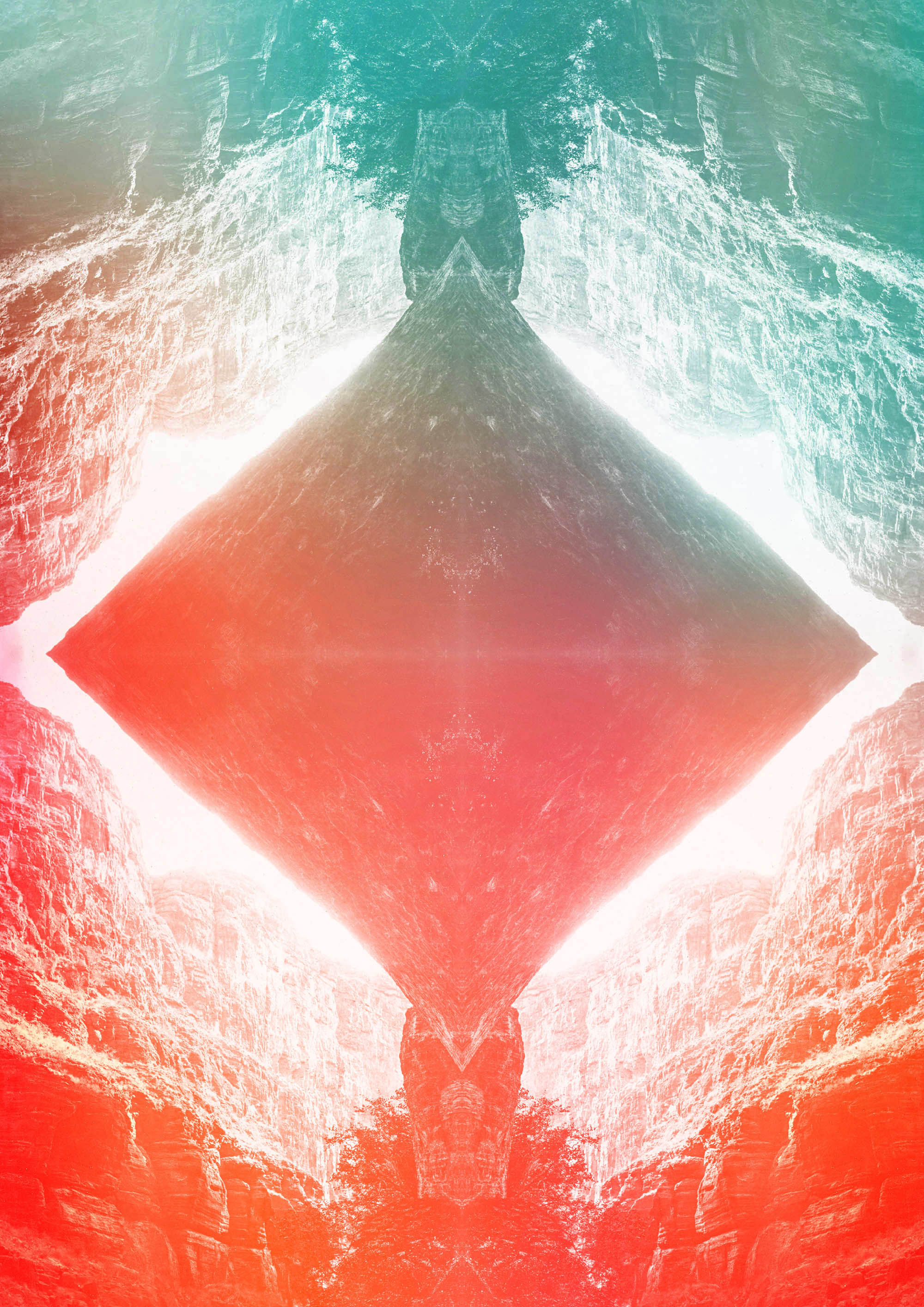Nahasdzáán in the Glittering World
Following its creation in 2019 at the Rouen Opera, where it was performed in the form of a dance oratorio with two dancers and live animals choreographed by Luc Petton, this exciting piece takes off once again on a new departure!
The opera, with a libretto by Navajo poet Laura Tohe, deals with burning ecological questions which have become increasingly urgent since the Covid-19 crisis, and it resonates particularly with the times we are currently experiencing. Nahasdzáán , which means Mother Earth – the one who feeds us and the one we have to care for – may have a message to reveal to us all.
The Navajos, a Native American tribe of the Southwestern United States, developed a vision of the world based on Hózhó, a term which means “everything”, the whole world – beauty, harmony with the environment and the cosmos, balance of social ties and family. Traditional Navajo society commits its energy to preserving Hózhó and keeping it in balance. Its guardians are male and female healers that are called on to lead impressive healing ceremonies named “Ways”.
This opera is an interpreted re-creation of a Navajo Way, which makes health, associated with beauty, the guarantor of the harmony of the world and the balance between human and non-human.
Nahasdzáán is a unique creation which evokes the four successive worlds of the Navajos – black, blue, yellow and white – which are in turn related to the four fundamental aspects of the human being: mind, body, spirit and social interaction. This work questions the social and environmental impacts that contemporary humanity inflicts on Nahasdzáán, the Mother Earth, which is in search of healing and balance.
The singers embody different characters: sacred beings with a human appearance such as First Man and First Woman, or an animal identity such as Coyote or Spider-Woman. They interact constantly with musicians who evoke each mythical world through a unique atmosphere, reinventing turns, pulsations and rhythmic movements derived from Navajo chants.
The staging of this pageant, both poetic and artistic as imagined by visual artist Sylvain Wavrant, expresses the topography of the Navajo territory through screens, textiles and sculptural forms representing the four sacred mountains. It incorporates creative videomapping - sometimes involving the public - which also takes on the iconography and symbolism of Navajo culture.
“What we do to the earth, we do to ourselves; in caring for ourselves, we take care of the earth”, chant the Navajos at the final healing ceremony. As for us, what new songs will we create to bring about a change in direction?
Videos
By the artists
Reviews
The ceremonial and ritualized aspect of the composer's music - the genetic code of his language - gives pride of place to percussions...
The cast
Music
Thierry Pécou
Libretto
Laura Tohe
Visual concepts and scenography
Sylvain Wavrant and Nos Années Sauvages Collective
Lighting designers Louis Sady and Thomas Cartron
Scenography Thomas Cartron / Laurent Martin
Costumes and accessories Sylvain Wavrant
Videomapping Marc Blanchard
Hairdressing and make-up Elodie Mansuy
Dramaturgy, dramatic composition Katja Krüger
Guest artists
Christopher Lemmings (Tenor) Younger Brother / Coyote
John Taylor Ward (Bass) First Man / Elder Brother / Eagle
Noa Frenkel (Contralto) First Woman / Raven
Christie Finn (Soprano) Spider Woman
ENSEMBLE VARIANCES
Thierry Pécou direction
Anne Cartel flute
David Louwerse cello
Elisabeth Koch double bass
Carjez Gerretsen clarinet
Nicolas Prost saxophone
Marie Vermeulin electric piano
Elisa Humanes percussions
Informations
Co-production: Ensemble Variances / CIMN-Détours de babel / MC2: Grenoble / Nos Années sauvages. With the support of: Centre national de la musique, ONDA, ODIA Normandie. Performance recording supported by the Département de la Seine-Maritime. Teaser supported by the SPEDIDAM.


